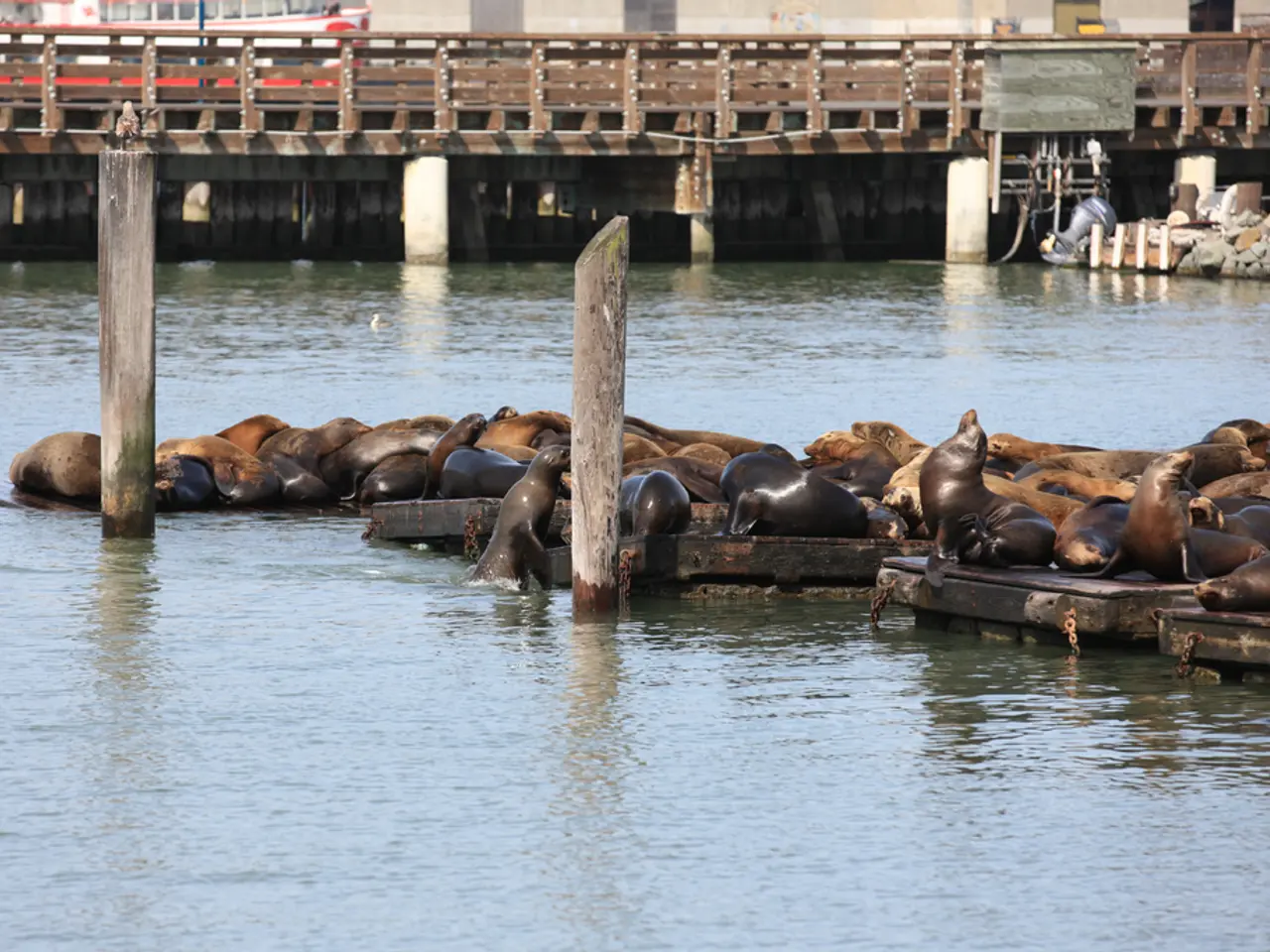Singapore's Living Seawalls: A Green Solution to Rising Sea Levels
Singapore, facing escalating sea level threats due to climate change, is exploring innovative solutions to protect its coastlines. The city-state has begun implementing 'Living Seawalls', an eco-friendly alternative to traditional hard structures, with promising early results. However, concerns have been raised about the potential impact of the ambitious 'Long Island' project on marine habitats.
Living Seawalls, launched in Sydney in 2018 by The Nature Conservancy, uses 3D printing to create hexagonal concrete panels resembling coral. These panels, once installed, attract marine life and enhance water quality, contributing to ecosystem rehabilitation. Scientists from the National University of Singapore have developed their own version using concrete tiles.
Singapore, with 70% of its natural coastlines already transformed, is at high risk from rising sea levels. The 'Long Island' project, set to reclaim approximately 800 hectares along the southeastern coastline, has sparked concerns about its impact on marine habitats. While Living Seawalls offer a more sustainable solution, their effectiveness in large-scale projects like 'Long Island' remains to be seen. Research has shown that these panels can host at least 36% more species than plain seawalls, supporting a greater diversity of marine life.
Singapore's Living Seawalls initiative, with early signs of success in other parts of the world, holds promise for protecting the city-state's coastlines while enhancing marine biodiversity. However, the impact of the 'Long Island' project on marine habitats will need careful monitoring and management to ensure a balanced approach to coastal development and conservation.







